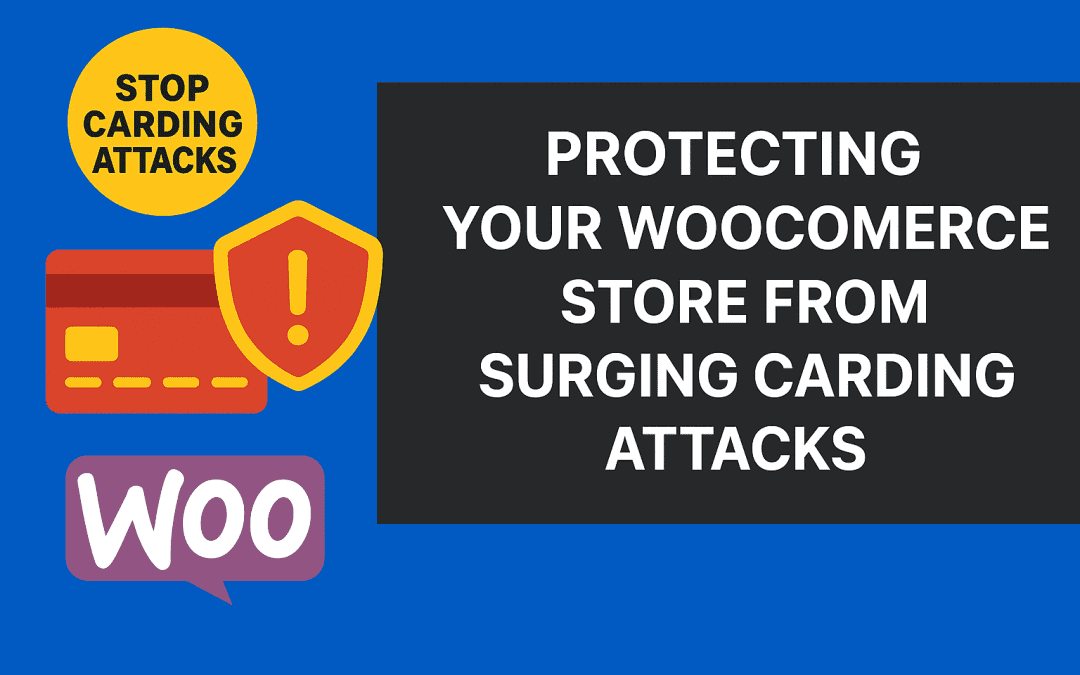As you browse various competitors and cat photo customization websites, have you ever wondered how some brands seem to provide the perfect pathway from landing on their page to finishing a purchase?
This is known in the biz as a quality ecommerce marketing funnel. It is essentially your brand’s roadmap to success amidst the competitive turmoil of the online marketplace. This is the track you send your potential customers, so they go from mildly interested leads into actionable purchasers.
How is Ecommerce Doing?
As the battlegrounds shift from physical storefronts to online stores, understanding the intricacies of the customer’s journey in this digital age has become paramount.
You need to create a customer journey that encourages them to take action. Otherwise, you are simply putting up an informational website that doesn’t make a profit.
Understanding the Marketing Funnel
Ecommerce is pretty much the same. Your marketing funnel starts wide, capturing a vast audience. As it progresses through stages typically divided into Awareness, Interest, Decision, and Action (AIDA), potential customers get filtered out into different segments.
The goal is to engage them at different stages, so they finally make a purchase. The more you can engage target demographics and visitors, the better you can understand their needs and adapt your online store to make a more efficient funnel.
The core purpose of the funnel isn’t merely to categorize customers but to serve as a strategic compass. It’s a guide illuminating how to shepherd potential customers from a simple state of brand awareness to that crucial conversion point.
The magic lies in customization. Every brand is unique, and so is its audience. You want a funnel that is 100% unique to you, but subtle enough to still garner customer attention.
Benefits of Implementing a Marketing Funnel
- Customer Journey Mapping: Understand your customer’s perspective. Every interaction they have with your brand becomes a landmark on this map. By grasping their touchpoints, preferences, and hesitations, you can create a tailored shopping experience that meets their needs every step of the way.
- Targeted Marketing: Avoid spraying your marketing efforts aimlessly. You can craft targeted messages and campaigns that resonate with the customer by pinpointing where the customer is in the funnel. This not only saves resources but significantly boosts ROI.
- Measurement and Analysis: With the structure of a funnel, each stage becomes a data point. Tracking KPIs becomes systematic, and deriving actionable insights from them is more straightforward. As a result, tweaking strategies for better performance becomes a data-driven affair.
- Increased Conversions: Think of the funnel as a nurturer. It takes potential leads, warms them up, and eventually convinces them to convert. Given that the average landing page conversion rate is 2.35%, the more you nurture, the better your chances of beating this average.
- Long-Term Customer Relationships: A marketing funnel’s job isn’t done post-purchase. It extends its arms into post-purchase nurturing, ensuring customers remain engaged and loyal. By focusing on after-sales support, feedback, and additional value, brands can cultivate lasting relationships and secure repeat business.
Common Mistakes to Avoid When Designing Your Ecommerce Marketing Funnel
To help boost your sales funnel engagement, try to avoid these common mistakes:
- Over-complicating the Funnel: Keep it streamlined. More isn’t always better. The key is clarity at every stage, ensuring a smooth transition for the potential customer.
- Neglecting Post-Purchase Stages: The end of one journey marks the beginning of another. Customer relationships don’t end post-sale; they transition into loyalty and advocacy stages. Ignoring these stages means missing out on potential repeat business.
- Not Regularly Reviewing and Refining: Stagnation is a killer in the dynamic world of ecommerce. Brands must remain agile, continually adapting their funnels to adapt to changing market dynamics, technologies, and customer behaviours.
- Ignoring Data: In the age of analytics, sidelining data is akin to flying blind. Ensure that hard data and metrics inform every decision, every tweak, and every strategy.
Tips to Optimize Your Marketing Funnel
- Test & Refine: Stay in the loop of the latest ecommerce trends by regularly A/B testing different strategies and refining them based on gathered insights.
- Segmentation: Embrace the diversity of your customer base. Recognize that not all customers are alike; segment them based on their behaviours, preferences, and needs, then personalize their journeys accordingly.
- Engage with Content: Content remains king. Join the 95% of marketers creating top-of-the-funnel content. Craft content that speaks to your audience at every stage, ensuring engagement and progression.
- Leverage Automation: In the fast-paced world of ecommerce, efficiency is vital. Harness automation tools to manage repetitive tasks, ensuring your efforts are optimized and resources are utilized effectively.
Conclusion
For those on WooCommerce seeking to further elevate their customer experience, connecting with OPMC for a bespoke Customer Support plugin might be your ace.
Your sales funnel will generate a ton of more interest, and you want to be prepared with 24/7 live chat support. Automating and improving your website and sales funnel will build an incredible audience as you sleep, vacation, or focus on growing your online store.








